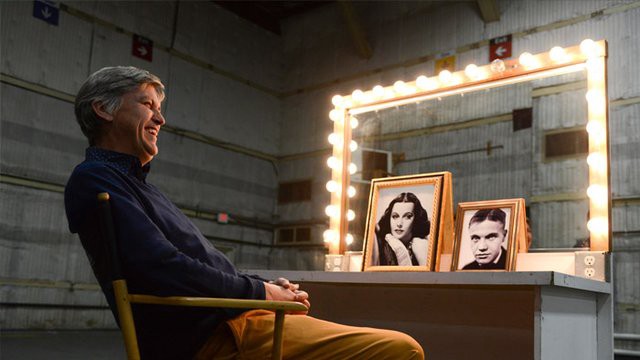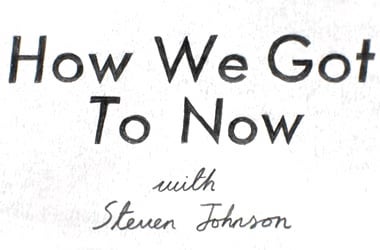

The sixth episode of How We Got To Now is all about sound. We asked Steven Johnson for some behind-the-scenes stories.
What was the most surprising idea you discovered in making this episode?
One of the big themes of the show is the way new ideas and technologies trigger these unintended consequences that ripple through society as new tools spread. There’s an amazing example in this episode: Reginald Fessenden invents a technology for detecting icebergs by bouncing sound waves off of them–the fundamental principle behind sonar and ultrasound. Years later, that same principle is used to detect the sex of an unborn child. And in fact, the spread of ultrasound technology into China actually contributed to the disturbing trend of sex-selective abortions there, starting in the 1980s. Today, the male-female population ratio is skewed toward men in the country–due, in part, to a technology originally designed to detect icebergs.
Many of the ideas you discuss developed a long time before they had their biggest impact. What was the biggest “slow hunch” in this episode?
The extraordinary story of the phonautograph, the sound recording technology invented in the early 1850s that didn’t include playback. As a commercial invention, it was a complete flop. No one wanted to look at sound waves; they wanted to hear them. But the phonautograph stuck around in the world of audio researchers and inventors because it was such a clever design, even if it had no real commercial appeal. One member of that community was Alexander Graham Bell, who used the phonautograph as one of the key building blocks in inventing the telephone.
What was the most incredible moment in filming this week’s episode?
We did a sequence introducing the ultrasound story where I got to swim with dolphins. That was pretty special. There’s one bit that you see briefly where the dolphin is completely vertical next to me in the water, and we are facing each other as if we’re about to go ballroom dancing. And the dolphin somehow manages to propel me across the water at a pretty high speed. That was just surreal.
Was there a story or idea that you loved that didn’t make it into the final episode?
The chapter on sound in the book is a little darker than the television version. I talk about that story of the sex ratios in China, for instance, and also draw the connection between the vacuum tube and the mass rallies of fascism, like those in Nuremberg. Before you could amplify the sound of the human voice, it simply wasn’t possible to gather 100,000 people together and have them listen to the sound of a single speaker. So that canonical image of 20th-century fascism was partially dependent on the invention of the vacuum tube. Of course, it also made MLK’s “I Have a Dream” speech possible as well, so it’s not all grim.
This week’s episode is about sound. What is the most important idea or innovation on this theme emerging right now?
I’m not sure it’s the most important, but the one that’s closest to home for me is the amazing growth of digital audio tools for musicians. I play a bunch of instruments (all of them poorly!) and love recording in my little home studio. It’s amazing to me that I can simulate on my laptop the sound of $50,000 pianos, string sections playing in a concert hall, drum kits from the Abbey Road studios, and a thousand other things. It’s a good thing I didn’t have access to all this when I was 15 or I would never have turned into a writer; I’d just have been a very unsuccessful musician.


How We Get To Next was a magazine that explored the future of science, technology, and culture from 2014 to 2019. Steven Johnson’s How We Got To Now was published by Riverhead Books in 2014, and adapted into a six-part TV show by Nutopia for PBS in 2015. Click the logo to read more about how the show was made.
